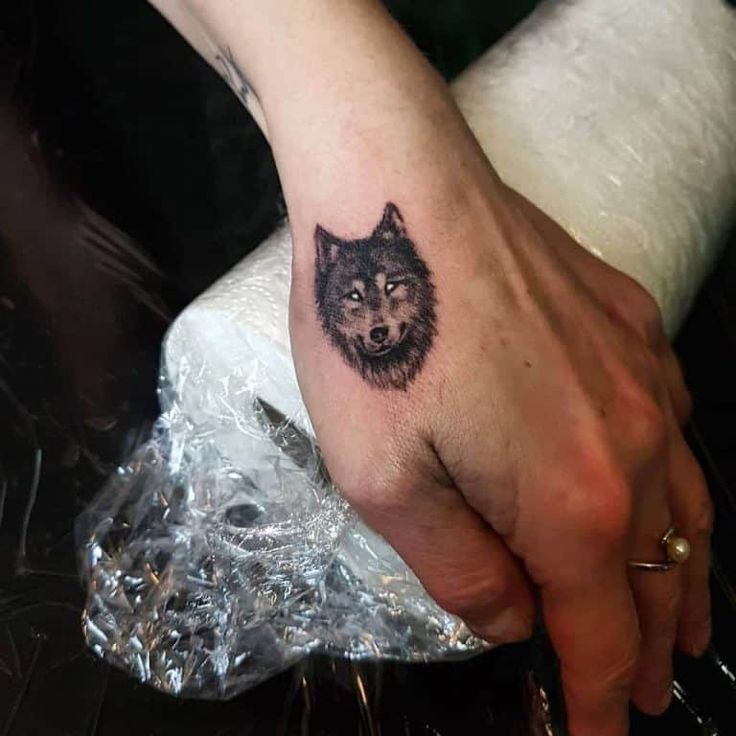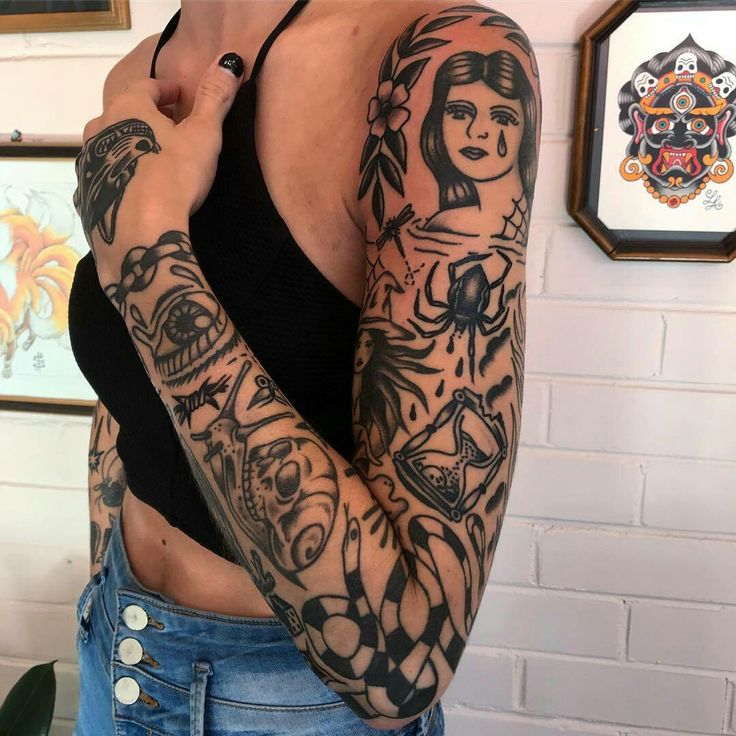
Debunking Myths: The Blackout Tattoo Phenomenon
The Rise of the Blackout Tattoo Trend
Blackout tattoo have seen a surge in popularity. This growth is fueled by a craving for bold and unique body art. They are not new, but social media has thrust them into the spotlight. Now, on platforms like Instagram, blackout tattoos capture the attention of millions. This trend often sparks intense debate and curiosity.
The simple yet striking appearance draws people to blackout tattoos. They offer a sleek, unified body canvas that stands out. The trend is not just about fashion, though. It is about making a statement. Those who choose blackout tattoos often seek to show strength and resilience. They want to break from the norm and embrace a non-traditional look.
Celebrities and influencers have embraced blackout tattoos. Their influence has helped fuel the trend’s growth. They show that a large, uninterrupted black ink expanse can be a style choice. It is more than just a tattoo – it is a personal brand.
Artists who specialize in blackout tattoos share their work online. They show the world that these tattoos are an art form. Their expertise in shaping and contouring the body with ink gains respect. This increases demand for blackout tattoos.
Yet, some still view blackout tattoos with skepticism. They do not understand the appeal of such a bold choice. Education and open communication about the art form are key. These can help the trend grow in a positive direction. It is a way to reduce stigma and highlight the beauty and complexity of blackout tattoos. As we explore the aesthetics, technique, and personal stories behind them, we aim to shatter myths. Together, we celebrate the rise of the blackout tattoo trend.
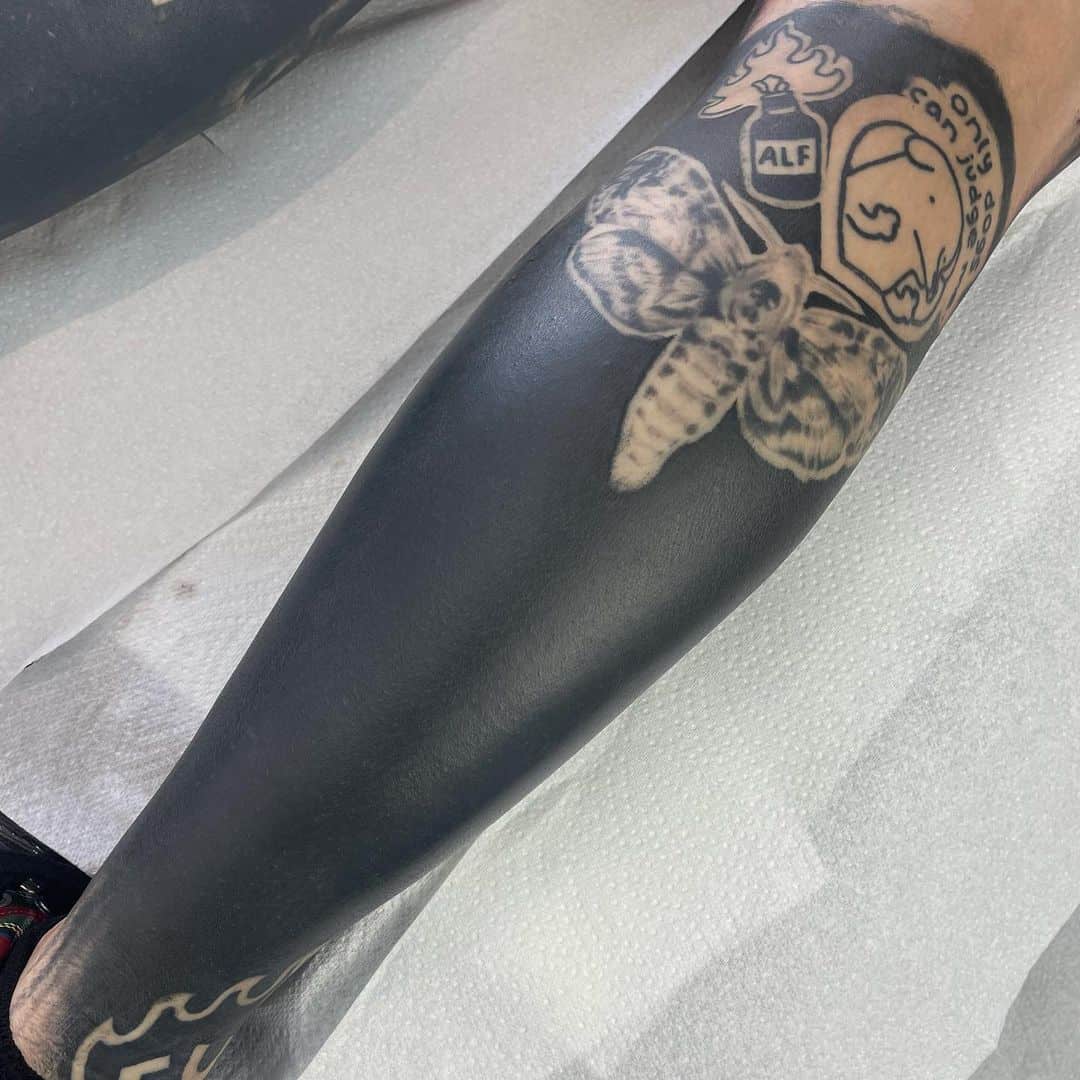
The Aesthetic Appeal of Minimalism in Blackout Tattoos
The allure of minimalist art has found its way into the tattoo world through blackout tattoos. These tattoos are known for their bold and uniform appearance. They create a distinctive and impactful visual statement. Here are several reasons why people are drawn to the minimalist charm of blackout tattoos:
- Simplicity: Blackout tattoos offer a clean and uncluttered look. They resonate with those who appreciate minimalism’s core values—simplicity and focus.
- Contrast: The intense black ink stands out starkly against the skin. This creates a compelling contrast that makes the tattoo a focal point of the body canvas.
- Versatility: While initially minimalist, blackout tattoos can evolve. Artists often overlay patterns or colors after the ink fades to a lighter shade. This allows for ongoing customization over time.
- Complementing Features: Blackout tattoos can enhance other tattoos. They act as the backdrop that makes intricate patterns and colors pop.
- Artistic Boldness: Choosing such a dominating tattoo reflects a person’s bold spirit. It’s a statement that declares confidence in one’s aesthetic choices.
- Cover-Up Potential: Beyond their beauty, blackout tattoos can serve a practical purpose as well. They can cover old or unwanted tattoos, providing a fresh start for new art.
In the realm of tattooing, the minimalist aesthetic of blackout tattoos offers both beauty and utility. They echo a desire for individuality. They stand as proof that sometimes, less really is more. Understanding these factors helps in appreciating the complex artistry behind these tattoos. It also helps in spreading awareness, challenging misconceptions, and advancing the broader acceptance of blackout tattoos as a legitimate and stunning choice in body art.
Blackout Tattoos as a Cover-Up Solution
Blackout tattoos serve as an ideal solution for covering unwanted ink. They offer a fresh canvas for new art. These tattoos are unique in their ability to envelop old designs entirely. This is why they are a popular choice for cover-ups.
Old tattoos can be reminders of past times that people wish to forget. Blackout tattoos obscure these memories with a sleek, new appearance. With a deep, solid black color, they can hide previous tattoo mistakes or faded art. It is an effective way to reclaim control over one’s body art.
The process creates a blank slate on the skin. It allows individuals to start anew in their ink journey. Those with large, complex, or colorful tattoos find blackout tattoos especially useful. They can bypass the need for laser removal or complicated cover-up designs.
Here are key benefits blackout tattoos provide as a cover-up solution:
- Complete Coverage: They can cover large areas and old tattoos no matter the size.
- Artistic Freedom: A fresh blackout provides the opportunity for new designs later on.
- Cost-Effectiveness: It may be more affordable than detailed cover-ups or laser removal.
- Time-Saving: Blackout tattoos often require less time than other cover-up methods.
However, there are significant considerations before choosing a blackout tattoo for a cover-up. It’s not a decision to take lightly. It requires commitment and understanding of its permanence and impact. Talk to a skilled tattoo artist to ensure blackout tattoos are right for you.
In the end, blackout tattoos blend boldness with functionality. They are a statement of resilience and a testament to new beginnings. As the trend grows, more people embrace blackout tattoos for their problem-solving aspects. Recognizing this may help lessen the stigma and increase their acceptance.

The Technical Skill Required for Blackout Tattoos
Mastering blackout tattoos demands a high level of technical skill from artists. These tattoos are not just simple ink on skin but a complex art requiring precision and expertise. The process involves filling large skin areas with solid black ink. It needs to be even and consistent to create the desired bold effect.
Here are reasons that highlight the technical complexity of blackout tattoos:
- Uniformity: Achieving a uniform, opaque black requires an expert hand. Any patchiness can be noticeable.
- Ink Packing: The technique of packing ink so it heals evenly is crucial. The artist must ensure the tattoo doesn’t heal patchy.
- Precision: Clean lines and edges are essential. Small mistakes can stand out in a blackout tattoo.
- Skin Health: Artists need to be careful not to damage the skin. Too much needlework in one area can lead to scarring.
- Machine Handling: Knowledge of the right equipment is necessary. It affects the tattoo’s overall outcome.
Such complexity means not all artists can or will do blackout tattoos. They require an artist with plenty of experience and understanding of skin types and tattooing techniques. To ensure a blackout tattoo is done correctly, it is crucial to find an experienced and knowledgeable artist. Before starting the process, it’s advisable to have a thorough consultation to discuss the artist’s approach to blackout tattooing. This will help set the right expectations and ensure a successful outcome.
When done properly by a skilled artist, a blackout tattoo is a marvel of craft and endurance. It reflects the artist’s dedication to their work and the wearer’s commitment to bold body art.

Healing and Aftercare for Blackout Tattoos
Getting a blackout tattoo involves a detailed healing and aftercare regimen. Due to their size and ink density, these tattoos demand more careful attention compared to traditional tattoos. Following a blackout tattoo session, the treated area often experiences significant redness, swelling, and discomfort due to the sheer volume of ink used. Here are some pivotal steps and tips for ensuring proper healing:
- Immediate Care: Keep the tattoo covered with a sterile bandage for the first few hours post-inking.
- Cleansing: Gently wash the tattoo with mild soap and lukewarm water. Pat it dry with a clean cloth.
- Moisturizing: Apply a fragrance-free, alcohol-free ointment to promote healing and prevent dryness.
- Avoiding Sun: Shield the tattoo from direct sunlight. UV rays can fade the ink and slow down the healing process.
- Wearing Soft Clothing: Opt for loose, soft garments that do not rub against the new tattoo.
- Staying Hydrated: Drink plenty of water to aid your skin’s recovery and maintain overall health.
- Healthy Diet: Eat balanced meals to provide your body with the nutrients it needs to heal.
- Sleep: Get enough rest to allow your body to recover.
Remember, aftercare extends beyond the healing phase. Long-term care includes moisturizing daily and applying sunscreen to preserve the tattoo’s look. Consult your tattoo artist for tailored advice regarding your unique skin type and aftercare needs. By following a conscientious aftercare plan, your blackout tattoo can heal beautifully and remain a bold statement for years to come.
Social Perceptions and Stigma Surrounding Blackout Tattoos
Blackout tattoos often face misunderstanding and judgement. Such perceptions build a stigma around this form of body art. Here, we’ll explore common societal views and the stigma that blackout tattoos encounter.
- Lack of Understanding: People may view blackout tattoos as odd due to their bold nature. Not knowing the art form can lead to negative opinions.
- Visual Shock: The large, solid black areas can be visually jarring to some. This shock can spark discomfort or disapproval.
- Stereotypes: Blackout tattoos may be unfairly linked with negative stereotypes. These tie into broader cultural attitudes toward tattoos.
- Misconceptions: Many believe blackout tattoos hide something sinister. These could be old tattoos or perceived flaws, adding to the judgment.
- Accusations of Extremism: Some see blackout tattoos as too extreme or radical. This can hinder social acceptance.
- Ink as Identity: For some, a blackout tattoo is seen as a drastic change in identity. This idea unsettles those who view tattoos as identity markers.
Understanding these social perceptions is crucial. It helps in challenging stereotypes and educating the public. Encouraging open conversations about blackout tattoos can lead to wider acceptance. It shows respect for individual choices in body art.
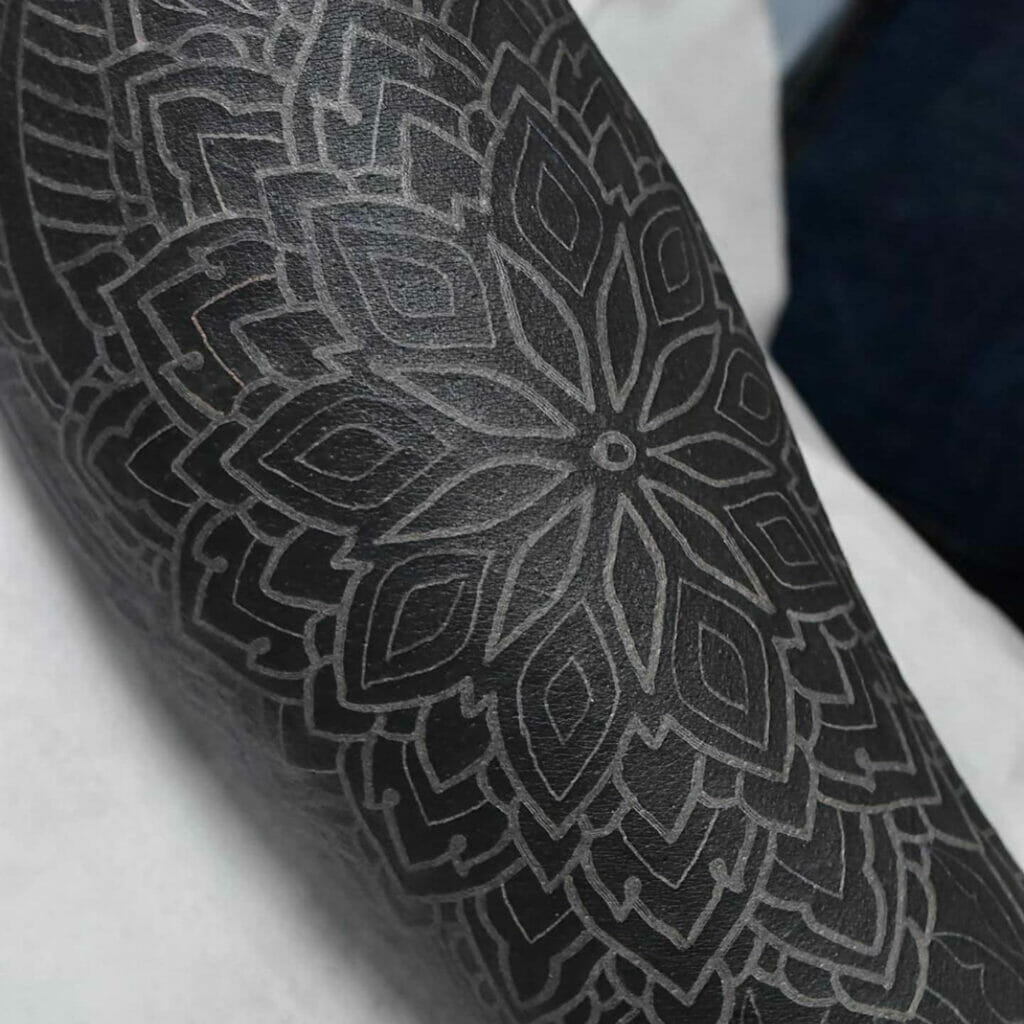
Distinguishing Blackout Tattoos from Blackface Accusations
The topic of blackout tattoos sometimes brings up concerns about blackface. It’s important to clarify the distinct differences. Blackface is a form of racism. It mocks and appropriates Black culture. Blackout tattoos do not. They come from a tradition of body art. Their roots trace back to various indigenous cultures. Polynesian and Samoan tribes used similar styles. They are not about skin color imitation.
Here are key points to understand when distinguishing blackout tattoos from blackface:
- Cultural History: Blackout tattoos have a historical presence in ancient tattoo cultures. They are an age-old practice.
- Artistic Expression: These tattoos are a form of personal expression. They emphasize artistic choice and body autonomy.
- No Intent to Mimic: The goal of blackout tattoos is not to replicate skin tones. They often have a bluish hue, unlike any natural skin color.
- Diverse Clientele: People of all races get blackout tattoos. It is not limited to one race trying to resemble another.
- Personal Reasons: Many get blackout tattoos for reasons like cover-ups or aesthetics. Race imitation is not the intent.
Understanding the cultural significance and individual choice behind blackout tattoos is crucial. It helps to dismiss unfair accusations. Educating others can promote a more informed perspective on this art form. The blackout tattoo stands as a bold expression of self, not an act of racism. By spreading awareness about their true purpose, we can help reduce the stigma they face.
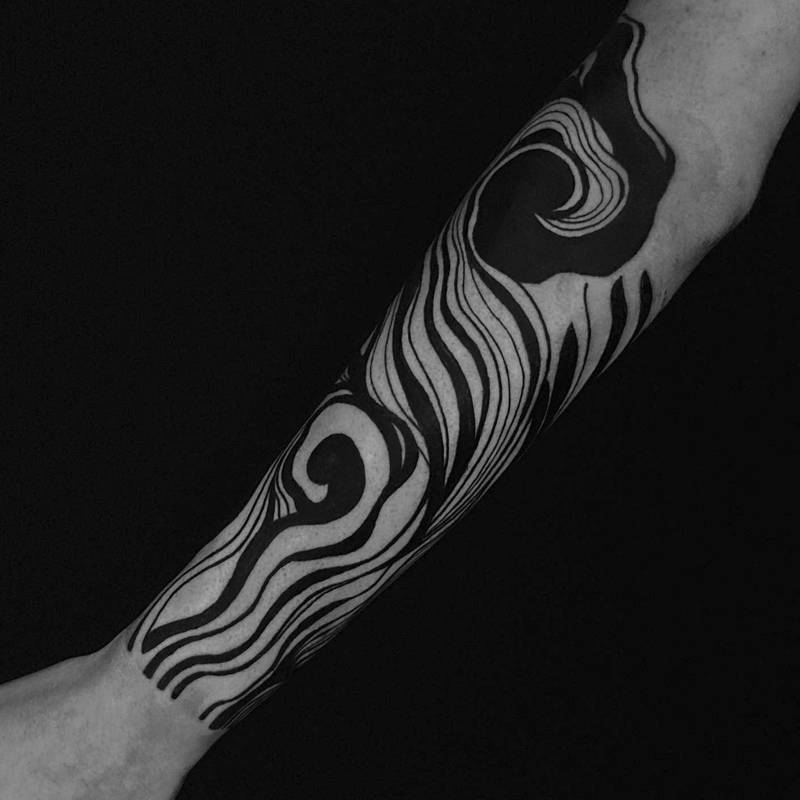
Personal Journeys and Reasons for Choosing Blackout Tattoos
People choose blackout tattoos for various deeply personal reasons. Some see them as an art form. Others want to cover old tattoos they no longer like. Each person has their story, and these tattoos often carry much meaning.
Many get blackout tattoos to mark a new chapter in life. They symbolize strength, resilience, and the desire for change. For some, it’s about aesthetic appeal. They love the bold, minimalist statement it makes on their body.
For others, blackout tattoos are a practical choice. They offer a fresh start by covering up past ink. This can save time and money compared to other cover-up methods. Also, people with faded or poorly done tattoos find blackout tattoos useful.
Artistic expression is another common reason for choosing a blackout tattoo. It allows one to stand out in a crowd and express individuality. It’s a choice that commands attention and showcases confidence in one’s taste.
Blackout tattoos require extreme endurance and commitment. The process is long and can be very painful. Those who go through it may view it as a badge of honor. It speaks to their willpower and dedication to their body art.
Some have a deep appreciation for the technical skill involved. They respect the artists who can create such a demanding tattoo. They admire the mastery of the blackout tattoo technique.
Others are drawn to the rich cultural history behind the style. Various early tattoo cultures have used similar solid black designs. It connects the wearer to ancient traditions of body art.
In addressing wrong assumptions, it’s clear blackout tattoos aren’t about changing one’s race. They are a unique and old form of self-expression. They go beyond skin deep, each one telling a story of personal triumph, beauty, and the human journey.
